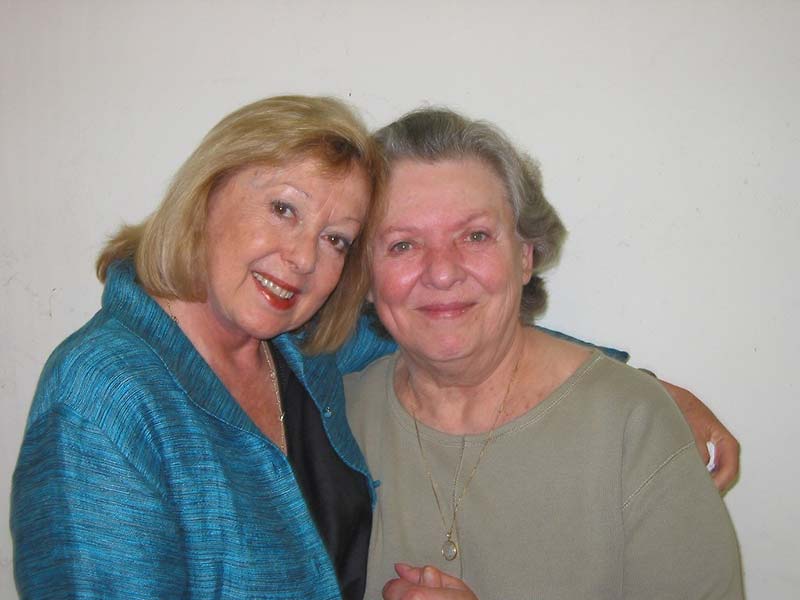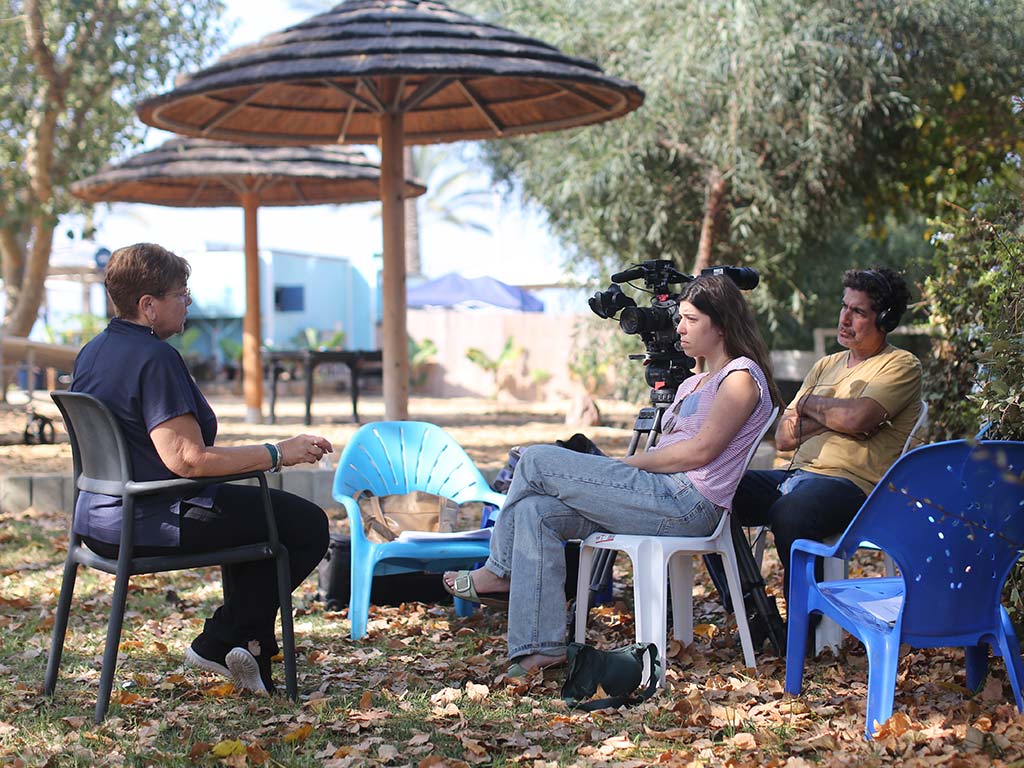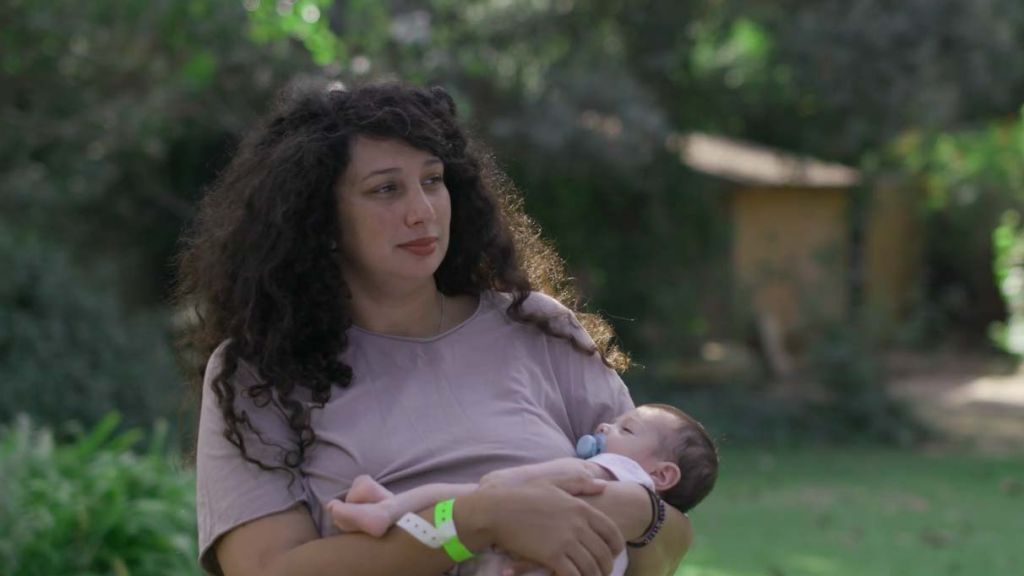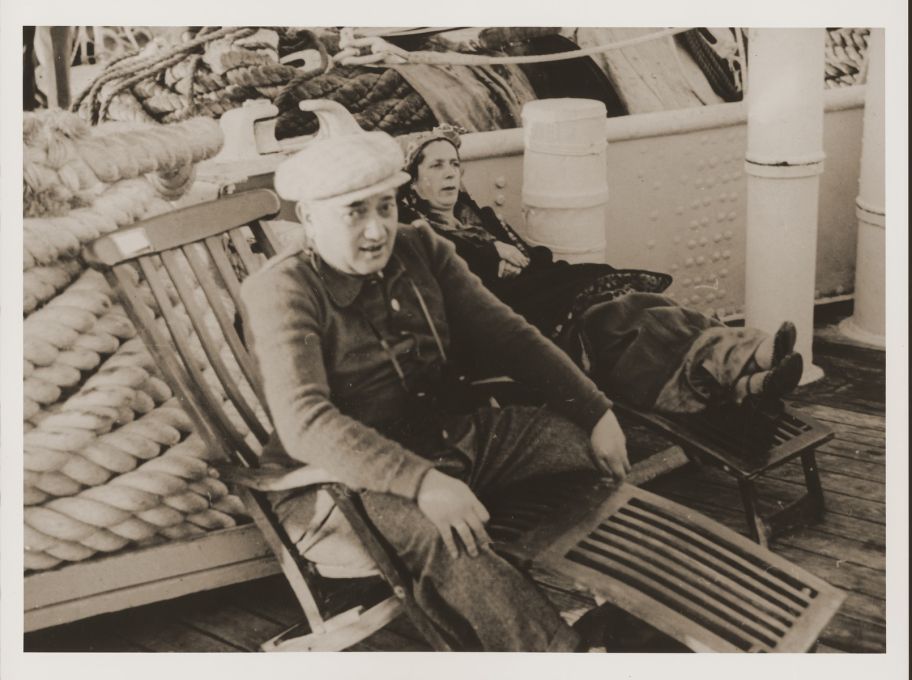Collections News
Holocaust Survivor Dana Schwartz, 89, Recorded Interviews with More Than 125 Survivors
We mourn the passing of Dana Schwartz, 89, a Holocaust survivor and dedicated interviewer for the USC Shoah Foundation, who died on May 9 in Los Angeles.
Dana, who later became a teacher and…
Wednesday, July 3, 2024
Holocaust Survivor Dana Schwartz, 89, Recorded Interviews with More Than 125 Survivors
We mourn the passing of Dana Schwartz, 89, a Holocaust survivor and dedicated interviewer for the USC Shoah Foundation, who died on May 9 in Los Angeles.
Dana, who later became a teacher and…
Wednesday, July 3, 2024
Holocaust Survivor Dana Schwartz, 89, Recorded Interviews with More Than 125 Survivors
We mourn the passing of Dana Schwartz, 89, a Holocaust survivor and dedicated interviewer for the USC Shoah Foundation, who died on May 9 in Los Angeles.
Dana, who later became a teacher and…
Wednesday, July 3, 2024
Tablet Studios and The USC Shoah Foundation Join Forces to Launch Multimedia Collection from the October 7 Terrorist Attacks in Israel
In the aftermath of the October 7 Hamas terrorist attacks in southern Israel, the USC Shoah Foundation and Tablet Studios announced a partnership to collect, archive, and make available testimonies…
Tuesday, December 5, 2023
Tablet Studios and The USC Shoah Foundation Join Forces to Launch Multimedia Collection from the October 7 Terrorist Attacks in Israel
In the aftermath of the October 7 Hamas terrorist attacks in southern Israel, the USC Shoah Foundation and Tablet Studios announced a partnership to collect, archive, and make available testimonies…
Tuesday, December 5, 2023
Tablet Studios and The USC Shoah Foundation Join Forces to Launch Multimedia Collection from the October 7 Terrorist Attacks in Israel
In the aftermath of the October 7 Hamas terrorist attacks in southern Israel, the USC Shoah Foundation and Tablet Studios announced a partnership to collect, archive, and make available testimonies…
Tuesday, December 5, 2023
Tablet Studios and The USC Shoah Foundation Join Forces to Launch Multimedia Collection from the October 7 Terrorist Attacks in Israel
In the aftermath of the October 7 Hamas terrorist attacks in southern Israel, the USC Shoah Foundation and Tablet Studios announced a partnership to collect, archive, and make available testimonies…
Tuesday, December 5, 2023
Urgent Campaign Records Eyewitness Accounts of Antisemitic Terror Attacks in Israel
In the moments before Shaylee Atary Winner escaped from her home in the early morning hours of October 7, she saw her husband fighting to close the iron window grates in their safe room over the…
Friday, December 1, 2023
Urgent Campaign Records Eyewitness Accounts of Antisemitic Terror Attacks in Israel
In the moments before Shaylee Atary Winner escaped from her home in the early morning hours of October 7, she saw her husband fighting to close the iron window grates in their safe room over the…
Friday, December 1, 2023
Boredom and Excitement at Sea: Jewish Refugees' Experiences on Shanghai-bound Ships
Between 1938 and 1940 an estimated 17,000 mostly Austrian and German Jews traveled from Europe to Shanghai, many on luxury liners. They were escaping the upsurge of violent antisemitism in Europe and…
Wednesday, April 26, 2023



